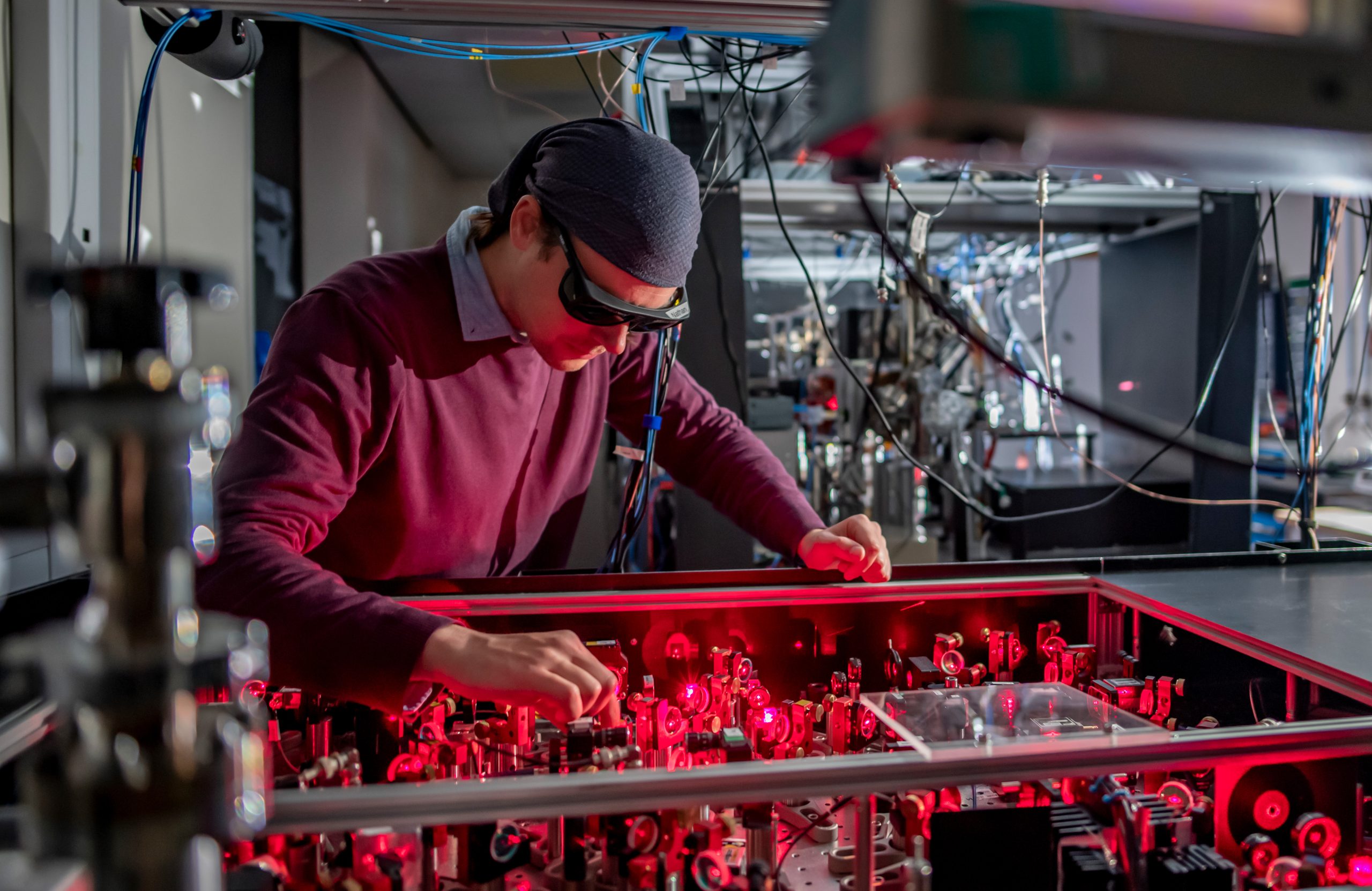Researchers at the University of Nottingham have developed a new method using a 3D printed vacuum system to detect dark matter and potentially uncover the nature of dark energy. This system manipulates gas density and utilizes ultra-cold lithium atoms to explore the effects of scalar fields, aiming to observe domain walls—defects formed during phase transitions in scalar fields. Laser photon system in the lab at the University of Nottingham. Credit: University of Nottingham
Scientists have devised a 3D-printed vacuum system to detect dark matter and explore dark energy, using ultra-cold lithium atoms to identify domain walls and potentially explain the universe’s accelerating expansion.
Scientists have developed a novel 3D-printed vacuum system designed to ‘trap’ dark matter, aiming to detect domain walls. This advancement represents a significant step forward in deciphering the mysteries of the universe.
Scientists from the University of Nottingham’s School of Physics have created a 3D-printed vacuum system that they will use in a new experiment to reduce the density of gas, then and add in ultra-cold lithium atoms to try to detect dark walls. The research has been published in DOI: 10.1103/PhysRevD.109.123023




















Discussion about this post